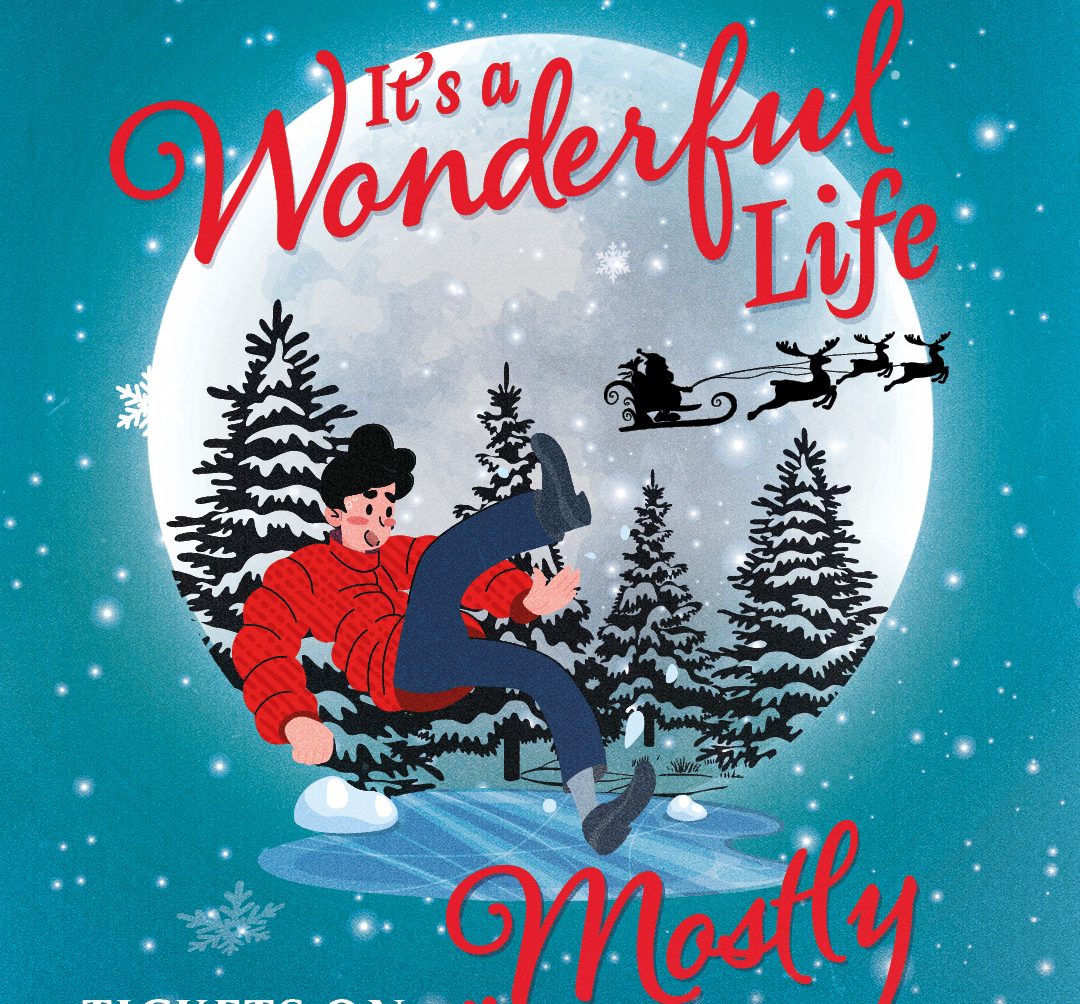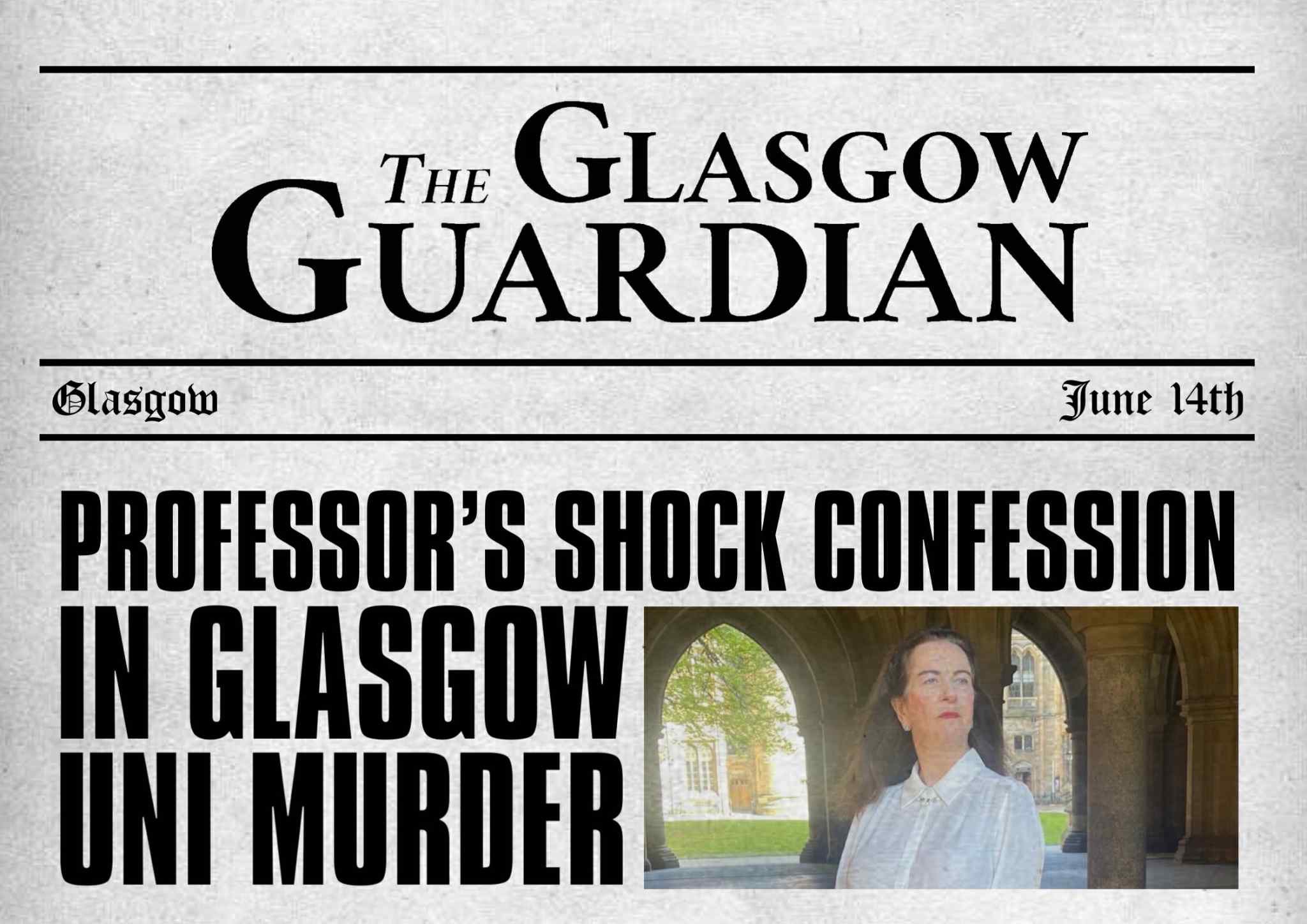To Die For – Lisa Gray

By Tracey McCallum
Former journalist Lisa Gray lives in Glasgow writing novels full time. She’s listed as the Amazon, Washington Post and Wall Street Journal best selling author of the Jessica Shaw series and was also long-listed for the McIlvanney prize in 2020. Here, Lisa talks to Westender about her glamorous new crime thriller To Die For.
You’ve gone from soccer writer to best selling author – how did that happen?
I was probably around 11-years-old when I decided I wanted to write for a living. I was a big reader and never out of the local libraries, but ‘author’ didn’t seem like a very realistic career choice, so I decided to be a journalist instead. At 17, I studied journalism at Cardonald College and then struggled to find a junior reporter job after graduation. A friend of mine was writing lower division football reports for national newspapers at the time. I’d always enjoyed watching football and thought ‘I could do that too!’ So, I phoned the Daily Record one day and asked if I could cover some games for them and was shocked when they said yes!
It was never my intention to write about football for a living but it’s strange the way life works out sometimes. Even though being a football journalist would be a dream job for a lot of people, it wasn’t for me. My dream was to write novels. After going to crime writing festivals, like Bloody Scotland and Harrogate, I was inspired to write a crime novel of my own. That book became my debut, Thin Air, which sold well, especially in America. I feel really lucky to be able to do my dream job every day.
You’ve written a number of novels now, do you have one in particular that’s close to your heart?
All of my books are important to me for different reasons. Thin Air was my first book published and allowed me to write full-time, whereas Bad Memory was longlisted for the McIlvanney Prize which was a great moment, and Lonely Hearts earned me a very complimentary tweet from Ian Rankin which was another career high. If I had to pick one, I’d go for Dark Highway. It’s about three women who seemingly have no connection to each other, other than they were all last seen on the same remote highway. One of the characters, Dea Morgan, really got under my skin, and I know the book is a favourite with readers too.
How did you find going from working as part of a team to writing full time & flying solo?
As much as I miss the banter and company of working in an office with colleagues, I’m probably better suited to working on my own. I’m a night owl and I tend to work best late at the night when everyone else is tucked up in bed! So, it works well for me to be able to set my own hours and work to my own schedule which is not a very conventional one.
What was the inspiration for ‘To Die For’ & what research did you need to do to suss out the American housing market, it’s quite different from the UK & seems so much more glamorous?
Like millions of other people, I spent a lot of time during lockdown binge-watching TV. I watched loads of property shows, like Selling Sunset and Million Dollar Listing Los Angeles, and was amazed by the eye-wating amounts of money up for grabs in commission for selling these stunning homes. The crime writer in me started to wonder how far someone would be prepared to go for a life-changing commission—say, one million dollars—and that’s where the idea for To Die For came from.
It’s fair to say the agents in my book are far more ruthless than the real-life ones in Selling Sunset… Those reality shows did help a lot with the research for the book and I spent a lot of time online studying the luxury US housing market to get commission rates, terminology and so on right. I moved house myself at the end of last year and the whole experience was quite stressful and definitely not as glamorous as Selling Sunset!
I really enjoyed the pacing of To Die For and liked how the story was set out. Did you plan the story that way or did it just unfold as you wrote?
Most authors tend to be plotters or pantsers (those who fly by the seat of their pants). I’m definitely a plotter and I need to know how a book ends before I even write the first word. The thought of jumping right in with no idea of where the story is going to go terrifies me. I know some writers who use spreadsheets to plot their books but I’m much more old-school and love to get the outline down in a nice new notepad before working out chapter outlines on colour co-ordinated Post-it notes. I knew with To Die For that I wanted to conceal the identity of both the murderer AND the victim for as long as possible so that meant quite a lot of careful plotting. I just hope I pulled it off.

Did it cross your mind to set your novel in Glasgow?
So far, all my books have been set in the US and people often ask why I don’t set them in Glasgow. I do think I’ll write a Scottish book one day, but it would need to be the right story and the right characters to fit the setting. I felt like the plot for To Die For demanded the same kind of super-luxe, glamorous location as those US property shows that people are so familiar with.
What do you think of shows like Selling Sunset?
I love them! During those dark days of the pandemic, when we were shut away and everything felt very bleak and uncertain and scary, shows like Selling Sunset provided a much-needed escape from the real world. I love getting a peek inside those gorgeous multi-million-dollar homes and it’s been amusing to see how the agents’ office attire has gotten more OTT and outrageous with each new season.
Have you always lived in Glasgow or have you lived in the States and what made you pick Malibu as your location?
I’ve always lived in Glasgow, and I think I always will. I have family who are based in the States, and I was in San Diego recently for a writers conference. But, as much as it’s a fun place to visit, it’s always nice to come back home to the wind and rain (seriously!). I picked Malibu as the setting for To Die For because I needed a place where you’d find a $50million house and Malibu fit the bill perfectly. That’s why so many A-list celebs live there. I’ll let you into a secret though—I’ve never actually been. Maybe one day…
Do you have a set routine for writing?
Like I said before, I tend to write in the evenings and at night rather than during the day. It just works better for me. In the early stages of a new book, a lot of time is spend plotting and researching and there’s not a lot of writing being done. Then, when the deadline gets nearer, it’s hours and hours of writing. So it varies depending on what stage I’m at in the process.
Without giving anything away, the ending of the book made me think there might be more to come from Andi Hart. Do you have plans for a follow up?
To Die For was written as a standalone and I don’t have any plans for a sequel with Andi or anyone else from Saint Realty. But never say never! If anything, I think it’s more likely that the two detectives, Aribo and Lombardi, might pop up again in another book. I had a lot of fun writing them.
What’s next for Lisa Gray?
I’m working on the edits for my next book which is about an actress who has spent two decades trying to make it big in Hollywood before vanishing in mysterious circumstances. Like To Die For, it has glitz and glamour but also a lot of darkness going on beneath the glossy surface. I’m hoping it’ll be out next summer and will be the perfect thriller to read by the pool or on the beach.
I’ve been a huge fan of McIlvanney since reading Laidlaw in school, how did it feel to be in the running for the prestigious McIlvanney Prize?
Even though my books are set in America, I’m a big fan of Scottish crime fiction and William McIlvanney is right up there at the very top. The way he was able to marry beautiful poetic prose with the dark and gritty side of Glasgow was really quite something. His Laidlaw books have been a huge inspiration to so many authors—myself included. It was a real thrill, and an honour, to be longlisted for a prize in his name.
To Die For and Lisa’s other books and novels are available from Waterstones and other good book shops.
Return to Culture and Arts











